TEL:+86 0536-6162866+86 187-6464-2379
ADD:No.19, Shunde Road, Zhucheng City, Shandong, China
WEB:www.cntianlang.com
Industrial sewage treatment equipment
-
MS:Katherine Wong
+86 187-6464-2379
-
TEL:+86 0536 6162866
MAIL:sales@cntianlang.com
-

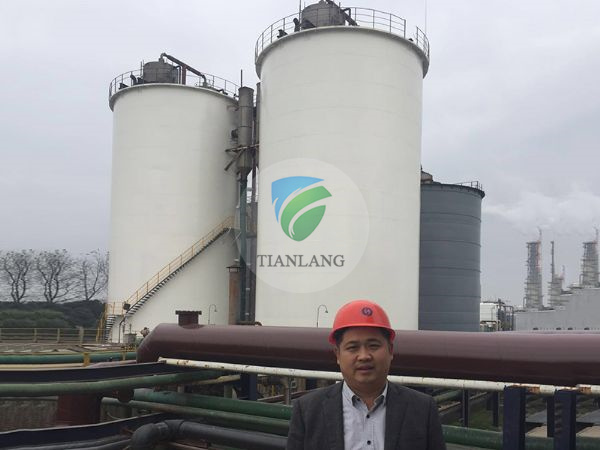
Product name:Industrial sewage treatment equipment
Details:
Industrial enterprises are mainly distributed in the chemical, paper, electronics, plastics, electroplating, hardware, printing, food, printing and dyeing, textile, pharmaceutical, food and other industries. From the perspective of wastewater discharge and the degree of harm to environmental pollution, chemical, paper, electroplating, circuit boards, surface treatment and other inorganic pollutants, waste water and food, printing and dyeing, and domestic sewage, etc. The main wastewater is the focus of treatment.
Modern sewage treatment technology, divided according to the degree of treatment, can be divided into first, second and third levels:
The primary treatment mainly removes the solid pollutants in the suspended state in the sewage, and most of the physical treatment methods can only fulfill the requirements of the primary treatment. After the primary treatment of sewage, BOD can generally be removed by about 30%, failing to meet emission standards. Primary treatment is a pretreatment of secondary treatment.
The secondary treatment mainly removes the organic pollutants (BOD, COD substances) in the colloid and dissolved state in the sewage, and the removal rate can reach more than 90%, so that the organic pollutants reach the discharge standard.
The tertiary treatment further processes soluble organic substances such as refractory organic matter, nitrogen and phosphorus, and the like, which can lead to eutrophication of water bodies. The main methods are biological nitrogen and phosphorus removal, coagulation sedimentation, sand filtration, activated carbon adsorption, ion exchange and electroosmosis.
Treatment process:
1. Catalytic microelectrolysis treatment technology:
Micro-electrolysis technology is an ideal process for the treatment of high-concentration organic wastewater. The process for high-salt, difficult-to-degrade, high-color wastewater treatment can not only greatly reduce COD and color, but also greatly improve wastewater. Biochemical. The technology is to treat the wastewater by using a micro-electrolytic filler filled in the micro-electrolysis device to generate a "primary battery" effect without being energized. When the water is passed, a number of "primary batteries" with a potential difference of 1.2V are formed in the device. The "primary battery" uses waste water as an electrolyte to form an electric current through discharge to electrolytically oxidize and reduce the wastewater to achieve the purpose of degrading organic pollutants. The new ecology [·OH], [H], [O], Fe2+, Fe3+, etc. produced during the process can undergo redox reactions with many components in the wastewater, such as coloring of colored substances in colored wastewater. The group or the color-assisting group, even the chain-breaking, achieves the effect of degradation and decolorization; the formed Fe2+ is further oxidized to Fe3+, and their hydrates have strong adsorption-flocculation activity, especially after the alkali is adjusted to pH value. Ferric hydroxide and ferric hydroxide colloidal flocculant, their flocculation ability is much higher than that of iron hydroxide colloid obtained by hydrolysis of general agents, which can flocculate large amounts of fine particles, metal particles and organic macromolecules dispersed in water. Based on the combined effects of electrochemistry, oxidation-reduction, physics, and flocculation precipitation. The process has the advantages of wide application range, good treatment effect, low cost, short processing time, convenient operation and maintenance, low power consumption, etc., and can be widely applied to pretreatment and deep treatment of industrial wastewater.
2. Anaerobic internal circulation reactor (IC)
The anaerobic internal circulation reactor (IC) is an anaerobic water treatment process developed by PAQUES in the Netherlands in the mid-1980s. The IC reactor is a new reactor based on the concept of UASB reactor granulation and three-phase separator, which can be seen as the overlap of the units of the two UASB reactors. It is characterized by the separation of biogas into two stages in a high reactor. The bottom is at an extreme high load and the upper one is at a low load.
The advantages of the IC reactor are as follows:
1. The volumetric load rate is high and the hydraulic retention time is short.
2. Capital construction investment province, small footprint. Due to the high volumetric loading rate of the IC reactor, the volume of the wastewater treated with the same total COD is only about 30-50% of that of the conventional UASB reactor, which reduces the capital investment. At the same time, because the IC reactor has a large aspect ratio, it has a special footprint and is very suitable for some factories and mines with tight floor space.
3. Save energy. Since the IC reactor uses the biogas generated by itself as the lifting power to realize the internal circulation of the mixed liquid, it is not necessary to provide a separate pump to realize the forced circulation, thereby saving energy consumption.
4. Strong anti-impact load capacity. Since the IC reactor realizes the internal circulation, the internal circulating fluid and the influent water are thoroughly mixed in a reaction chamber, so that the harmful substances in the raw wastewater are sufficiently diluted, thereby greatly reducing the degree of harmfulness, thereby improving the reactor's ability to withstand impact load. .
5. Has the ability to buffer pH changes. The IC reactor can fully utilize the alkalinity of the circulating reflux, buffer the pH, and stabilize the pH in the reactor, thereby saving the amount of alkali in the water and reducing the running cost.
6. The effluent water quality is stable. The IC reactor is equivalent to two-stage UASB art processing. The following one has a high organic load rate and acts as a “coarse” treatment. The above organic loading rate is low and acts as a “fine” treatment, so it is more stable than the general single-stage treatment. Well, the effluent water quality is stable.
3. Hydrolysis and aerobic process
The anaerobic treatment process has been used in industrial wastewater for more than 30 years. In the past 20 years, with the development of microbiology, biochemistry and other engineering practice, the anaerobic treatment process has overcome the shortcomings of traditional anaerobic process with long hydraulic retention time and low organic load, and has achieved in the treatment of high concentration organic wastewater. Good results have been achieved and there have been a number of successful examples of hydrolysis and acidification processes for low concentrations of organic wastewater.



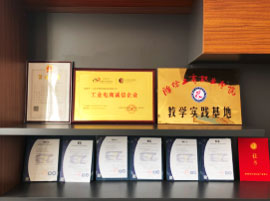

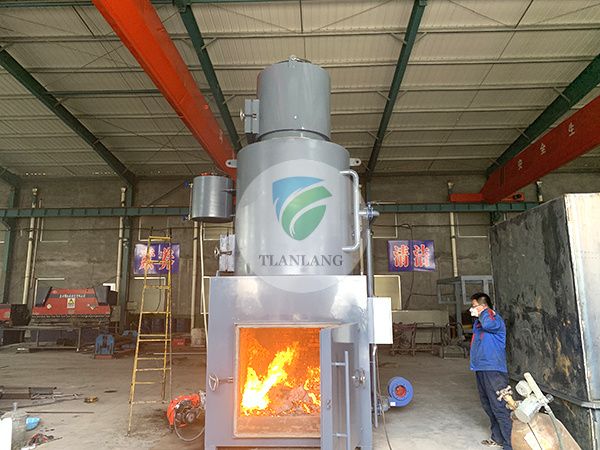
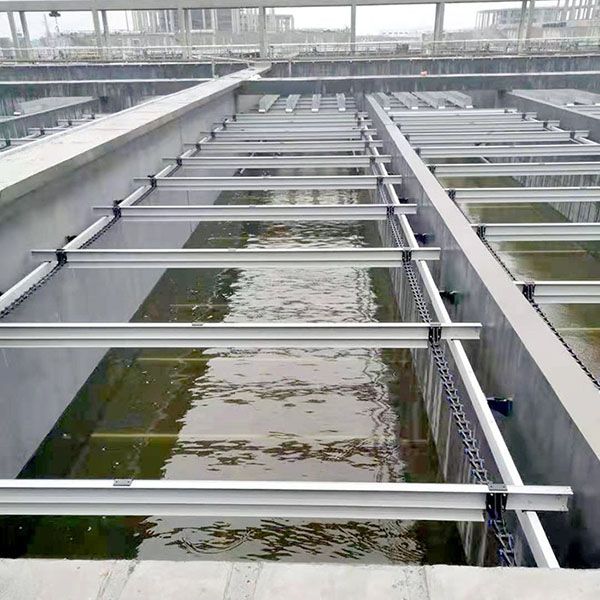
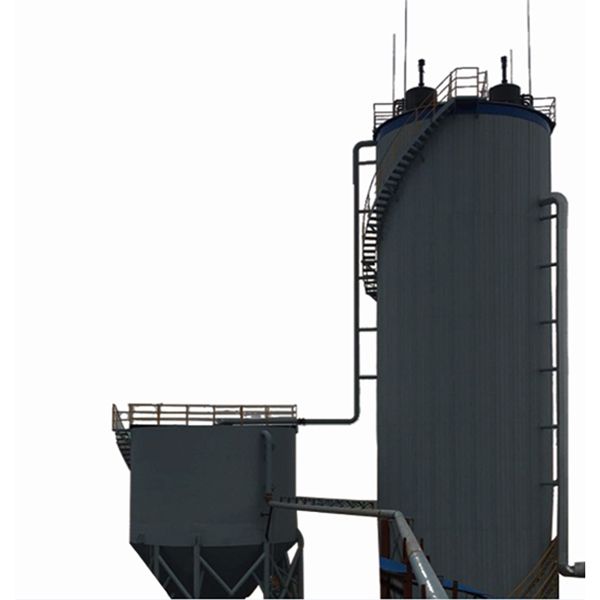
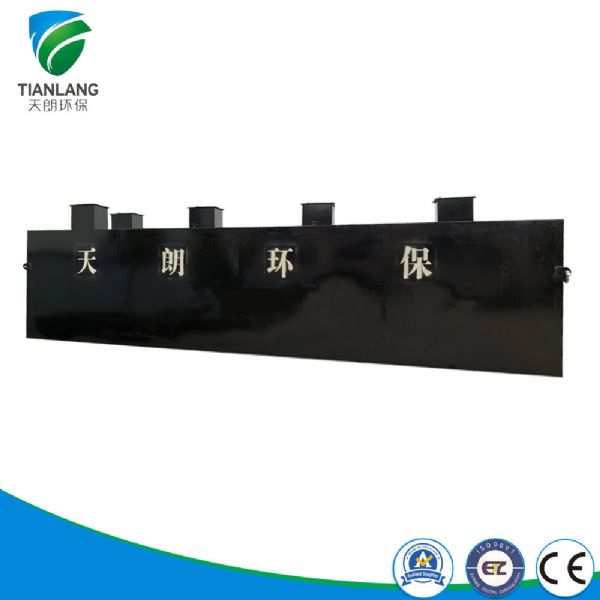
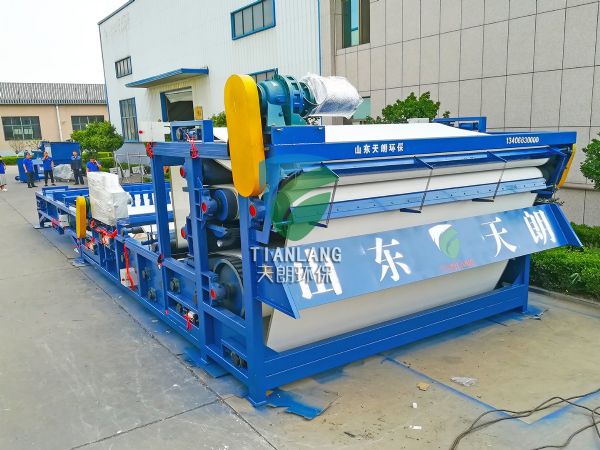
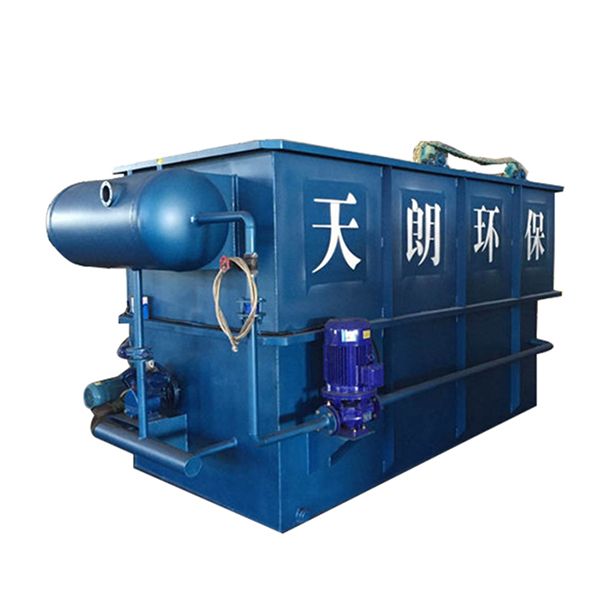
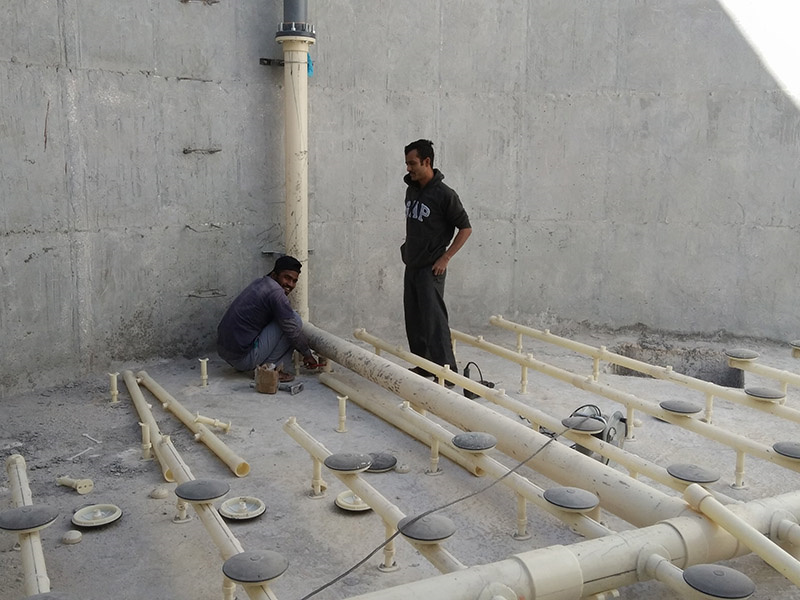
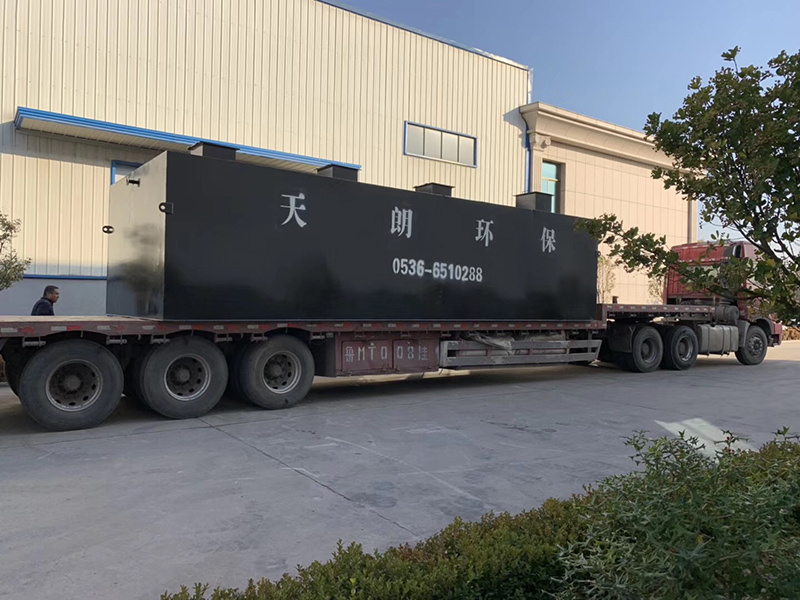

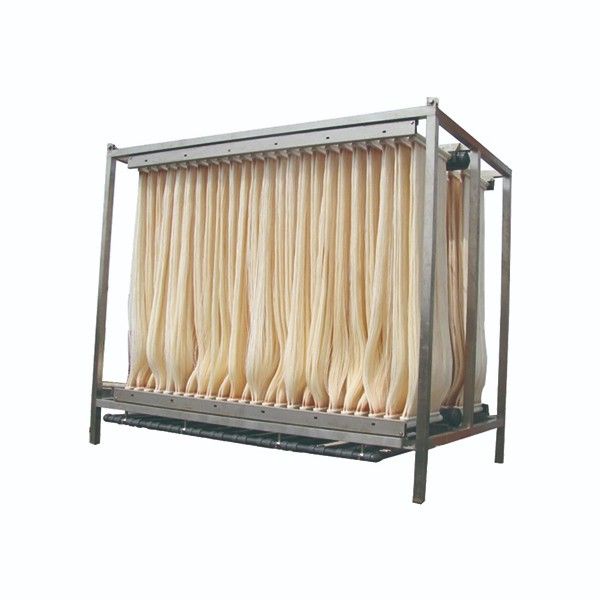
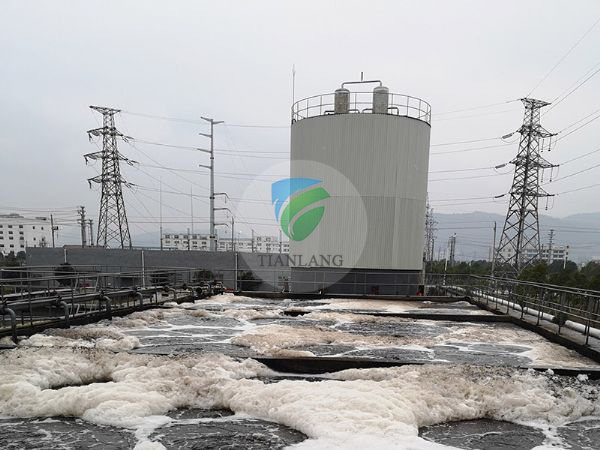
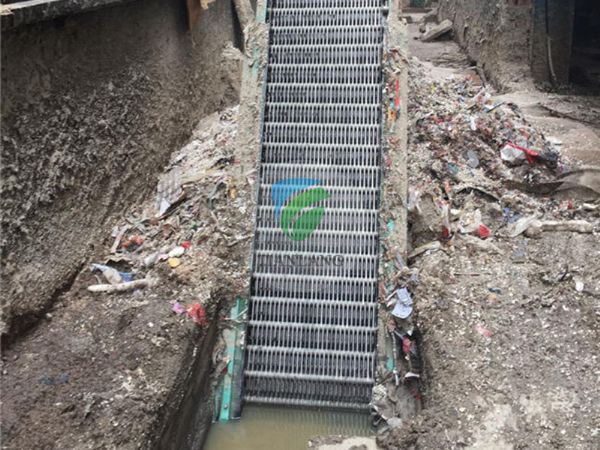






 Tel
Tel Home
Home Products
Products